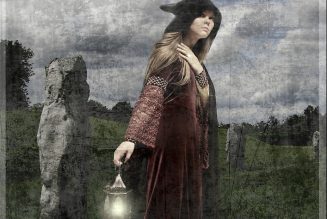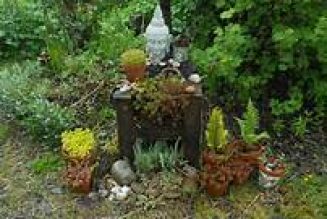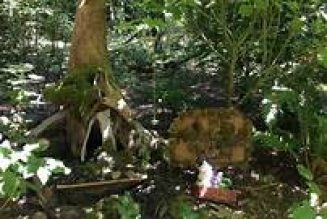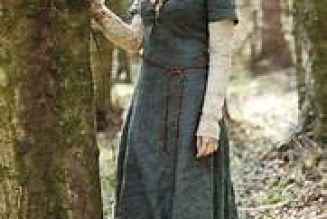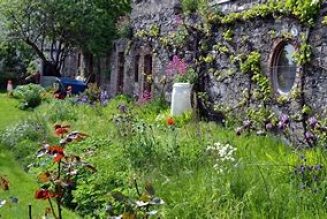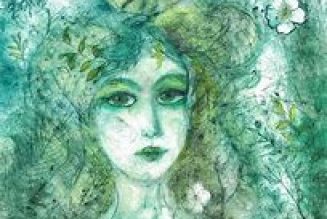The world of the Hedge Druid’s Craft is one where we take inspiration
from nature, and allow traditional folk customs, history and mythology
to blend with the powers of nature so that we can better work in
harmony. As we walk between the worlds, we open ourselves up to the
wisdom of plants, animals and the forces of weather around us that
influence us each and every day. We can use and harness this wisdom to
help our own lives, the lives of those in our community, and the world at
large. When we open ourselves to the realms of plants, animals and
weather, we broaden our horizons, literally and figuratively. We work on
both sides of the hedge, the civilized and the wild, and also within the
hedge, the liminal place, in our work.
The Hedge Druid’s Craft is found in liminal places. This is a place that
is “in between” places: the place where the hedge meets the field, the
high tide line on the seashore, a clearing in a forest. You can also work
at a liminal time: dusk or dawn, in the twilight hours where it is not
quite day, nor night, or when the tide is turning from low to high and
vice versa. What matters most is that you are working from the edge,
seeking to connect to that which is Other.
The Hedge Druid’s Craft is also that which seeks out the lore of the
surrounding countryside. That means researching local folklore, as well
as walking the land as much as you can, getting to know the land and
allowing the land to know you. It is researching old magical traditions,
potions, charms and spells and uses them as inspiration for your own
work. For example, here in Suffolk, in the UK, where I live there are
ancient Celtic sites that I visit to do my work, using the energy and
assistance of the ancestors. There are the remains of an ancient oak
woodland nearby, which is a truly magical realm in and of itself. There
are ancient green roads that countless feet have walked, and ley lines
that begin in Cornwall and pass through this land to come and flow into
the North Sea. There are tales of Suffolk witches, moats that hold power,
and ghostly goings on that give us a clue as to past traditions, lifestyle
and country temperament that can inspire the Hedge Druid’s Craft today.
There are also local traditions, such as the Horseman’s Society which
flourished in East Anglia, and which also has links to the endangered
Suffolk Punch breed of horses. The Horseman’s Society’s ways are
reputed to hold the magic of witches and retained relics of the area’s
pagan past, enabling one to communicate and charm an animal without
resorting to force. There are enormous black dogs that roam the
heathland, and mystery houses that appear and disappear, such as the
mansion near Little Welnetham by the church of Bradfield St George.
There are also tales of encounters with the Otherworld and the Fair Folk,
such as the popular folk tale of the Green Children of Woolpit, who were
found wandering the countryside, their skin as green as the leaves on the
trees, and who slowly changed to a normal human colour after being
adopted and raised by locals. And we cannot forget the historical record
of one of the nastiest men in English history, Matthew Hopkins,
Witchfinder General and the atrocities that he committed throughout the
countryside.
Knowing your local area, its history and its tales, helps with the Hedge
Druid’s Craft to develop a real sense of place, and inspires one to
continue an ancient tradition in up to date ways for a modern world.
Inspired by the past, we can work towards creating balance between the
worlds, in our local patch, and in our soul.
The Seasonal Festivals
The Hedge Druid’s Craft honours the seasonal festivals, and can work
with the four quarter/agricultural festivals of Imbolc, Beltane,
Lughnasadh and Samhain. She can also work with the four cross-quarter
days: the spring and autumn equinox, and the winter and summer
solstice. The modern Pagan Wheel of the Year was designed to
incorporate all eight festivals, so that something was celebrated roughly
every six to eight weeks. This keeps us modern folk attuned to what is
happening in the natural world around us, both in the wilds and in the
farmers’ fields, in the lanes and in the hedgerows.
